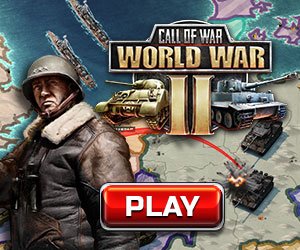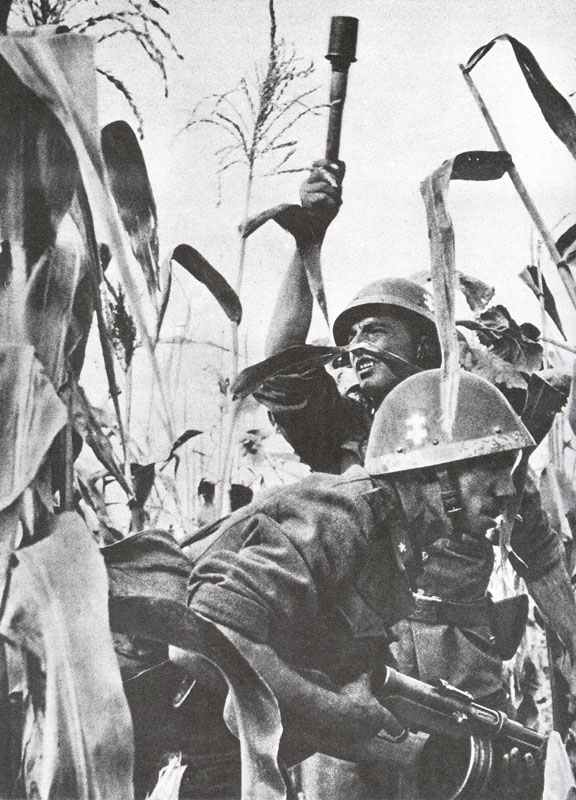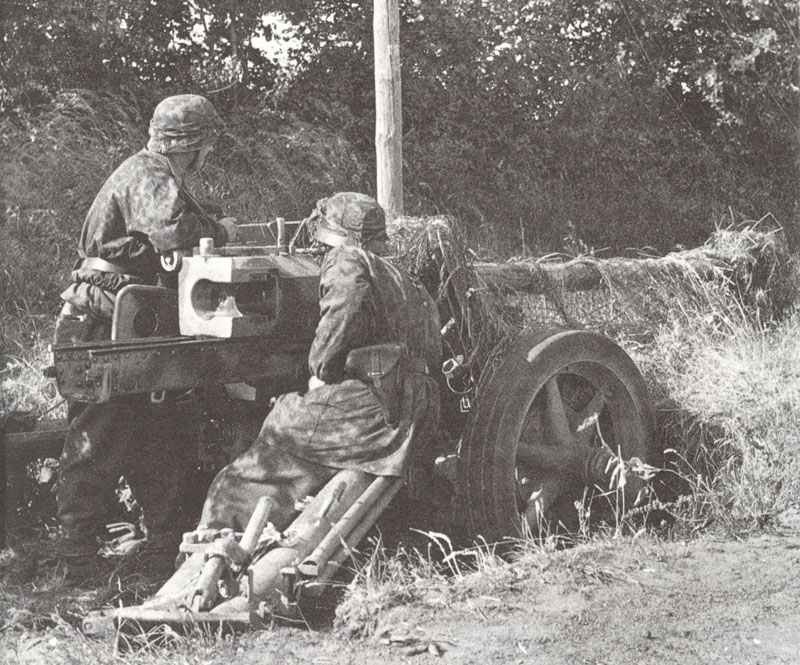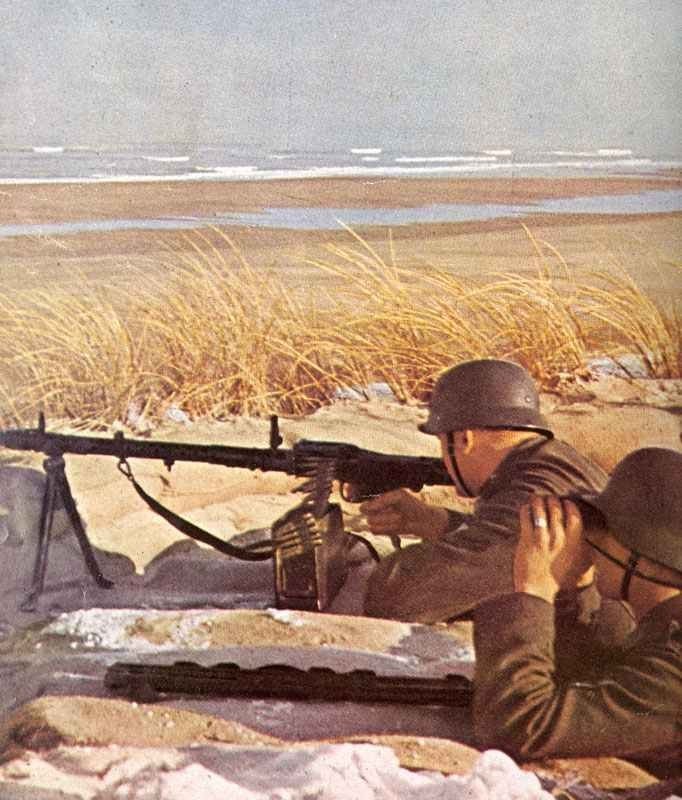Strength and organization of the British army in North-West Europe 1944 to 1945.
Orders of Battle on 7 July 1944 in Normandy and 30 April 1945 in Northwest Germany.
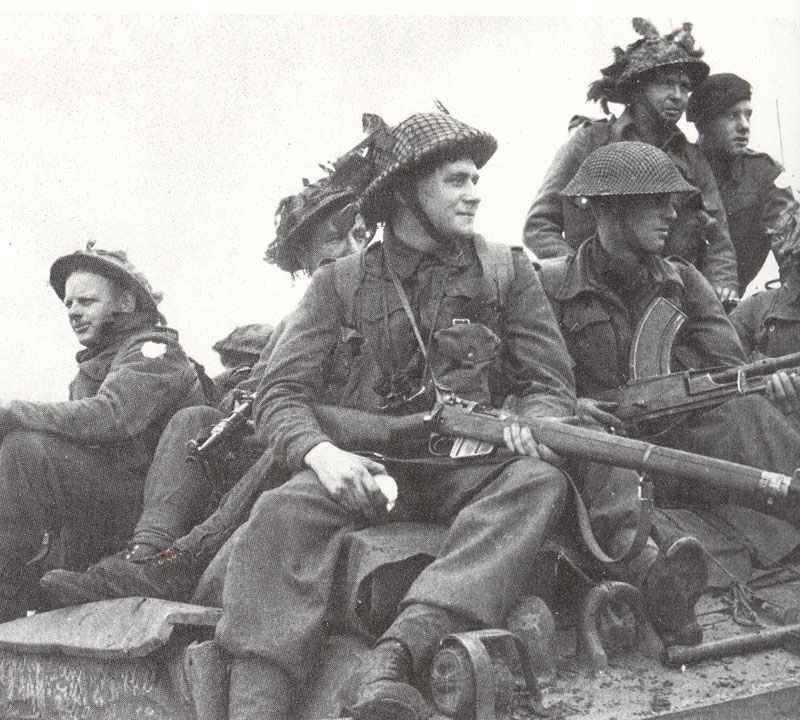
The British Army in North-West Europe after the Fall of France: Homeland defense 1940-43, preparations for the return to the continent 1943-44 and North-West Europe 1944-45
The British Army in North-West Europe
Table of Contents
Homeland defense 1940-43
After its defeat in Western Europe in the summer of 1940, the main mission of the British Army changed from providing an expeditionary force for use on the continent to a defensive force capable of resisting an invasion of the British Isles.
In June 1940, the British Army had a strength of 2,221,000 soldiers, plus 42,800 members of the Auxiliary Territorial Service, the female division of the armed forces.
Between June and August 1940, another 275,000 men were drafted and 120 new infantry battalions were formed. Although the government had finally adopted the specifications of 55 British and Commonwealth divisions, the evacuation of Dunkirk had caused such great losses of weapons, equipment and vehicles that a considerable amount of time would pass before the British Army could get close to such a scale with full equipment.
For their immediate deployment against an enemy invasion, the resources of the British army and civil defense organizations were coordinated by the Home Defense Executive, initially chaired by the Home Forces Commander-in-Chief.
This office was held by General Sir Edmund Ironside until July 1940, when he was replaced by General Sir Alan Brooke. The commander-in-chief of the Home Forces commanded all military formations in Great Britain except for the Anti-Aircraft Divisions, which were subordinated to the Fighter Command of the Royal Air Force and the Free French Armed Forces.
The troops at his disposal were divided into three main categories: the Home Guard, Home Defense Units and the regular formations of the field army.
In autumn 1941, 27 British, Canadian and Polish motorized infantry divisions were available for this field army, each with a TOE strength of 15,500 men. To support these divisions there were 10 corps headquarters, together with 61,000 corps troops.
For coastal defense directly on the beaches, eight county divisions had been formed, each with a strength of 10,000 men and officers, but with minimal artillery and vehicles.
In addition to the Division troops, there were seven infantry brigades, four motorized artillery brigades, 12 independent battalions and eight airfield defense battalions. The need to ensure flank protection for the Atlantic routes made it necessary to maintain garrisons on the Faroe Islands, Iceland (24,000 British soldiers by October 1941), the Azores, St Helena, the Falkland Islands and the West Indies.
The British armored units lost most of their material during the evacuation from Dunkirk and until the end of 1940 there were five armored divisions in Great Britain on paper, but they all had different progress in completing equipment and training.
In 1941, two more armored divisions could be won from the reorganization of infantry divisions.
Preparations for the return to the continent 1943-44
A major change occurred in May 1942, when one of the armored brigades of these armored divisions was replaced by an infantry brigade. In addition, the HQ Support Group was replaced by an HQ Divisional Royal Artillery and the number of motorized or field artillery regiments doubled. This was intended to create a more balanced relationship between tanks, infantry and artillery in the British armored divisions, similar to their Wehrmacht counterparts.
Each of the British armored regiments had 55 cruiser tanks, six close support tanks with howitzers and eight anti-aircraft tanks. Together with the headquarters tanks, the division achieved a total strength of 201 cruisers and 26 anti-aircraft tanks.
Although there were still some minor changes later in the British armored divisions, such as an armored reconnaissance regiment instead of the armored car regiment, this basic order remained in place until the end of the war.
However, the division’s tank strength increased further, reaching 244 tanks plus 34 anti-aircraft tanks in April 1943 and 310 tanks, 25 anti-aircraft tanks and eight artillery observation tanks in March 1944.
Basic British Army units 1944-45:
| Organization | Infantry Division (motorized) | Armored Division | Airborne Division |
|---|---|---|---|
| Infantry brigades | 3 with 2,463 men | 1 motorized Infantry brigade with three battalions | 2 Parachute, 1 Air-Landing Brigades (each with 3 battalions) |
| Total men | 18,347 | 14,964 | 12,148 |
| heavy machine guns | 48 (Vickers) | 22 (Vickers) | 46 (Vickers) |
| light machine guns | 1,262 (Bren) | 1,376 (Bren) | 966 (Bren) |
| Mortars | 60 (3-inch), 283 (2-inch) "4 (4.2-inch) + 24 (3-inch) | 132 (2-inch)" | 5 (4.2-inch), 56 (3-inch), 474 (2-inch) |
| light anti-tank weapons | 436 (PIAT) | 302 (PIAT) | 392 (PIAT) |
| flame-throwers | - | 6 | 38 |
| Artillery | 54 (25-Pounder) | 24 + 24 SP guns (25-Pounder) | 27 (75mm pack howitzer) |
| Anti-tank guns | 24 (6-Pounder) + 32 (17-Pounder) | 30 (6-Pounder) + 48 (17-Pounder) | 84 (6-Pounder) + 16 (17-Pounder) |
| Anti-aircraft guns | 71 (20mm) + 54 (40mm Bofors) | 18 (20mm) + 38 (40mm) | 23 (20mm) |
| Armored cars | 31 | - | - |
| Light tanks | - | 63 | 11 |
| Cruiser tanks | - | 246 | 11 |
| Motorcycles | 983 | 853 | 1,233 |
| Bicycles | - | - | 3.269 |
| Bren Gun Carriers | 595 | 261 | 25 |
| Trucks, lorries, tractors | 2,142 | 2,242 | 593 |
The Army Tank Brigades released from the armored divisions in May 1942 were normally assigned to infantry divisions, where they replaced one infantry brigade each.
The TOE of these tank brigades was about 1,950 officers and crews with 135 infantry tanks.
In this way, the 1st, 3rd, 4th, 43rd and 53rd British infantry divisions each received an Army Tank Brigade during 1942.
From 1943, the Army’s special tank units, consisting of deminers, amphibious and flame-thrower tanks, were combined into a special unit, the 79th Armored Division.
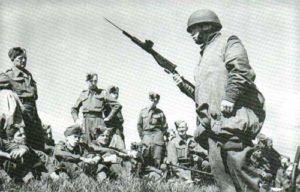
The successful deployment of German paratroopers during the Western campaign in 1940 led to the formation of their own airborne troops in Great Britain.
The first practice parachute jump was carried out on 13 July 1940 and quickly there were enough volunteers to set up the first parachute regiment.
The enthusiasm and professionalism shown in the British Army airborne troops was also reflected in the British talent for setting up specialized ‘irregular’ units.
These ‘private armies’ were trained to meet special tactical requirements, such as amphibious raids, or to operate in unusual climatic and terrain conditions, such as long-range reconnaissance in the North African desert.
As more volunteers are available than needed for these units, they could be equipped with highly selected personnel. The most important special units of the British Army in Europe were the Commandos and the Special Air Service.
The role of the Home Army as defender of the British Isles against invasions was maintained until 1943, but now with the additional task of carrying out major offensive operations on the European mainland.
The troop strength of the British army increased slowly and reached 2,720,000 officers and men in June 1944, plus 199,000 female ATS auxiliaries. It peaked in June 1945 with 2,920,000 officers and men plus 190,800 at ATS.
North-West Europe 1944-45
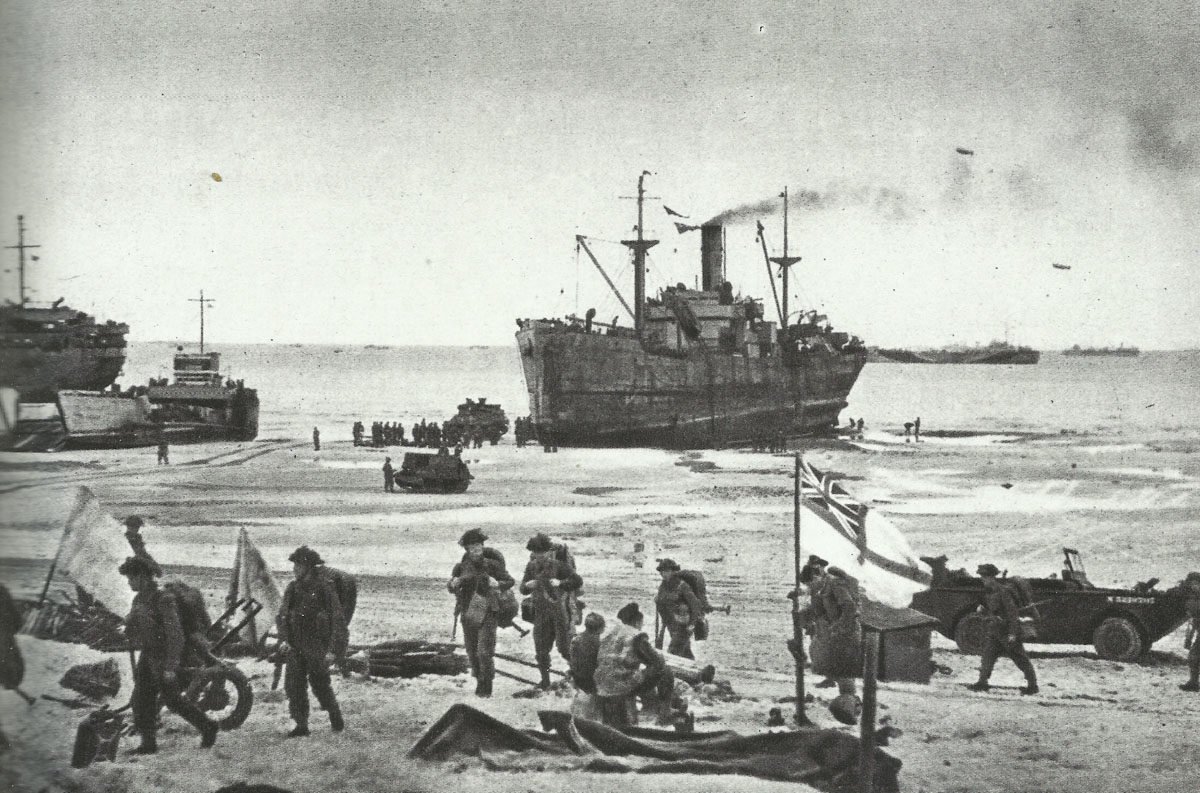
Planning studies for the return of the British Armed Forces to France had already begun in the summer of 1940 and the amphibious raid on Dieppe in August 1942 was the logical result of these studies and assessments.
In June 1944, the British army then returned to the continent and to its commander, Field Marshal Montgomery, the Wehrmacht finally offered its surrender in May 1945.
When planning for D-Day was complete, the British and Canadian formations intended for the invasion included
10 infantry divisions,
Two airborne divisions,
5 armored divisions; (plus one Polish armored division),
Nine independent tank brigades,
Two Special Brigades Commandos,
and the Supreme Headquarters, Army and Corps troops.
Orders of Battle for British and Canadian forces on 7 July 1944 in Normandy (elements of 21st Army Group):
| Army | Corps | Divisions |
|---|---|---|
| Reserves at 21 Army Group | 79 Arm.Div. (special tanks) | |
| 4 Arm.Brigade | ||
| 8 Arm.Brigade (since D-Day) | ||
| 27 Arm.Brigade (since D-Day) | ||
| 30 Arm.Brigade | ||
| 2 can. Arm.Brigade (since D-Day) | ||
| 2 British Army | Reserves | 7 Arm.Div. |
| I Corps | 3 brit. Inf.Div (since D-Day) | |
| 3 can. Inf.Div. (since D-Day) | ||
| XXX Corps | 49 brit. Inf.Div. | |
| 50 brit. Inf.Div. (since D-Day) | ||
| VIII Corps | 11 Arm.Div. | |
| 15 brit. Inf.Div. | ||
| 43 brit. Inf.Div. | ||
| XII Corps | 53 brit. Inf.Div. | |
| 59 brit. Inf.Div. | ||
| II can. Corps | 51 brit. Inf.Div. | |
| 2 can. Inf.Div. |
These units, both British and American, for the first landing on 6 June 1944, were organized as the 21st Army Group under the command of General Montgomery, who had been given responsibility for the invasion and opening phases of the campaign.
The British and Canadian units in the attack waves were combined to form the 2nd British Army.
The 6th Airborne Division with a strength of about 12,000 men, consisting of two paratroopers brigades (3rd and 5th) and one airborne brigade (6th), was set down behind the beaches in the night of 5/6 June before the amphibious landings in order to secure canal and river bridges and to eliminate coastal batteries.
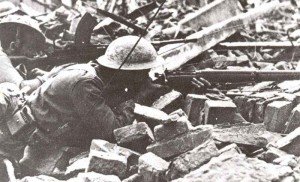
The infantry divisions attacked with their brigades, which were reinforced by artillery, armored vehicles and combat engineers. The resulting brigade groups had an average strength of 5,500 men of all ranks, of which about 40 percent were infantry.
On D-Day itself 59,900 soldiers and 8,900 vehicles were landed and at D+50 these numbers had risen to 631,000 men and 153,000 vehicles. The British Second Army was expanded to four corps (1, 8, 12 and 30) with additional formations assigned to the Army Group.
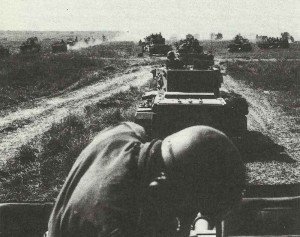
Throughout the campaign, the corps organization remained relatively fluid and units were moved between corps or taken over by the army group as needed.
Among the headquarters and army troops, a number of independent armored units and tank brigades were to be highlighted, which were still primarily intended for cooperation with the infantry, but which were also expected to be able to integrate into armored divisions if required. Their average strength was 3,400 officers and crews with normal equipment of 190 medium or infantry tanks plus 33 light tanks, depending on the type of brigade.
An artillery group from Army Headquarters (HQ Army Group Royal Artillery, ‘AGRA’ for short) was normally assigned to each corps and consisted of three medium and one heavy regiment with a total strength of 4,400 men.
The British 1st and 6th Airborne Divisions formed the 1st British Airborne Corps and together with the American air units were part of the ‘First Allied Airborne Army’.
Although the British casualties figures were below the level expected in the planning, the usual lack of infantry, despite reinforcements of 38,900 infantrymen from Great Britain, had led to the disbanding of an infantry division (the 59th) and a brigade of the 49th infantry division on 16 August 1944. Also, the 50th Infantry Division had to be disbanded soon.
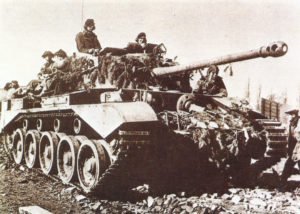
During the campaign in Western Europe, the TOE strength of a British infantry division was 18,347 men of all ranks, but the actual strength of the divisions in the 21st Army Group rarely exceeded 16,000 officers and men.
A further 25,000 men each were needed to support the troops at the front, so that the total strength of an infantry division – or, as was generally known, the ‘divisional slice’ – was 41,000 men and 8,000 vehicles.
So the 18 divisions, which were listed on 30 November 1944 in the British Orders of Battle, had under their direct command altogether 287,000 men combat troops of the total strength of the 21st Army Group of 805,000 men. The remainder comprised the Supreme Headquarters, Army, Corps, Administration, Service and Supply troops.
During the eleven months of fighting through France, Belgium, Holland and Northern Germany, the 21st Army Group suffered 141,646 British casualties, of which 30,276 were killed, 96,672 wounded and 14,698 were missing or prisoners of war.
Orders of Battle 21st Army Group 30 April 1945 in Northwest Germany:
| Army | Corps | Divisions |
|---|---|---|
| 21 Army Group | Reserves | 79 Arm.Div. (Special tanks) |
| 4 Arm.Brigade | ||
| 8 Arm.Brigade | ||
| 34 Arm.Brigade | ||
| Czech Arm.Brigade | ||
| 34 Army Tank Brigade | ||
| 1 can. Army | Reserves | 1 can. Arm.Brigade |
| 2 can. Arm.Brigade | ||
| I Corps | 1 can. Inf.Div. | |
| 49 brit. Inf.Div. | ||
| II Corps | 5 can. Arm.Div. | |
| 4 can. Arm.Div. | ||
| 1 Polish Arm.Div. | ||
| 2 can. Inf.Div. | ||
| 3 can. Inf.Div. | ||
| 2 brit. Army | Reserves | 3 brit. Inf.Div. |
| XVIII Corps (US-brit.) | 5 US Arm.Div. | |
| 7 US Arm.Div. | ||
| 82 US Airborne Div. | ||
| 8 US Inf.Div. | ||
| 6 brit. Airborne Div. | ||
| XXX Corps | Guards Arm.Div. | |
| 43 brit. Inf.Div. | ||
| 51 brit. Inf.Div. | ||
| 52 brit. Inf.Div. | ||
| VIII Corps | 11 brit. Arm.Div. | |
| 5 brit. Inf.Div. | ||
| 15 brit. Inf.Div. | ||
| XII Corps | 7 brit. Arm.Div. | |
| 53 brit. Inf.Div. |
References and literature
The Armed Forces of World War II (Andrew Mollo)
Krieg der Panzer (Piekalkiewicz)
Datafile – British Tanks and Formations 1939-45 (Malcom A.Bellis)
World War II – A Statistical Survey (John Ellis)


